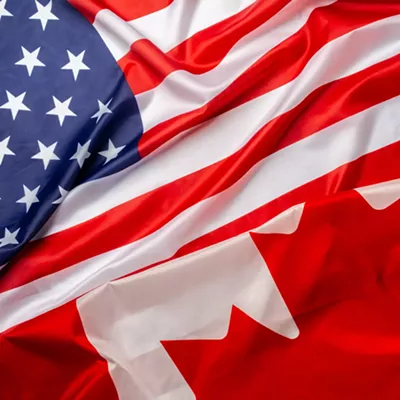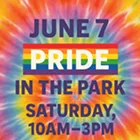My theory starts with the notion that the presidency of George W. Bush has become a spot-on reenactment of the presidency of Richard Nixon. Both have had unpopular wars to keep fighting, both used unprecedented secrecy to do the nation's public business, both watched a parade of staffers leave under ethical fire or indictment and both had a guy named Rummy working for them. It's uncanny.
But now, with less than a year to go on Nixon: The Sequel, I'm mostly wondering how America deals with the trauma these kinds of horror movies create. And that's where art comes in. Our most reliable mirror on humanity's state of mind, understanding the art of the '70s might offer a peek ahead.
& lt;span class= "dropcap " & S & lt;/span & o let's go back to 1974 and '75, those years that came after a long painful stretch of American history. It started with the killing of John F. Kennedy, ran through the unrest of the 1960s and ended with Richard Nixon resigning the presidency (August 1974) and the end of the Vietnam War (April 1975). Our art reflected it all. Films explored the price of greed (1974 Oscar-winner The Godfather, Part II), the powerlessness of the individual (1975 Oscar-winner One Flew Over the Cuckoo's Nest) and that timeless classic -- pure fear (The Exorcist hit theaters in the last week of 1973).
Television was getting real, too, with the humor and humanity of city life dominating the top two shows of 1974-75, Sanford and Son and All in the Family. And Vietnam was the not-so-subtle subtext behind those years' other big hit, M*A*S*H.
And the music was defiant, as a new guy named Bruce Springsteen told stories of the quiet desperation on the streets of America in 1975's Born to Run.
We were grappling, through our popular art, with the complexities of the world. Those were profound times, and it seems like we're back there again right now, down in the muck, wallowing in the dark side of human nature in films like The Departed (Oscar-winner for 2006) and No Country For Old Men (Oscar-winner for 2007). And those horror movies that trace their lineage back to The Exorcist are back big time, with a new, ever-more-gruesome title seeming to hit the multiplex every week.
On TV, shows like Lost and The Sopranos have articulated our state of being unhinged from reality and morality.
And in music, the protest song is back, with most musicians throwing at least one track of conscience on their records. Sheryl Crow, Lenny Kravitz, John Legend, Norah Jones and even that same Bruce Springsteen are just a few of the musicians standing up the only way they know how to what's been coming out of this White House.
& lt;span class= "dropcap " & S & lt;/span & o what happened next? What did 1970s America do with all that heightened understanding of the human condition? They tuned out just like they were flipping a switch. In 1976, just a year after the end of the Vietnam War, the Oscar went to the feel-good Rocky, while 1977 was the start of the modern blockbuster era, with both Star Wars and Jaws. On TV, we switched channels from Archie Bunker to the nostalgia of the Fonz on Happy Days. And in 1976, ABBA hit its stride with the release of its mindless (but eminently danceable) hit, "Dancing Queen."
Right at the moment it seemed the soul-searching was set to begin, America decided to party instead. By the time the 1980s dawned, America had moved on to E.T., Dallas and Michael Jackson's Thriller.
It's understandable: We were burned out on bitter reality and up for some sweet escapism. Ronald Reagan's "Morning in America" was just what people were ready for -- and what's so bad about that?
& lt;span class= "dropcap " & T & lt;/span & he late-night talk show hosts answer that question for me. After the wall-to-wall coverage of 9/11, Jay Leno and David Letterman finally came back on the air. That was a big step in the nation's grieving process. I used to watch Johnny Carson with my dad, then with my college buddies -- there's just something comforting about the community of night owls all across our country, glued to their sets.
Those first shows were emotional -- Dave right there in New York was clearly shaken, and Jay got it right when he called the attacks a "sucker punch" from which we'd get up and fight. It just seemed like things would be different from that moment on -- less frivolous and more real.
But they weren't. Slowly but surely, both Dave and Jay got back to the Britney Spears jokes. The president told us to just keep shopping. And we all settled back into our normal routines.
So we seem on the cusp of another moment here, with Bush on the way out and his war perhaps not far behind. Our art has been probing, serious and a little dark lately. Will we all turn to whatever the equivalent of disco is today, tuning out all the reality we've been slogging through?
I understand the need to get our joy back. But the last time we didn't take care to understand why our nation went on a long, nasty bender through the '60s and '70s, we were forced to relive it just a few decades later. So here's hoping we're learning enough about this human condition of ours to know that if we tune out reality too much, we could be forcing ourselves to sit through another crappy sequel instead of something original and inspiring.
















